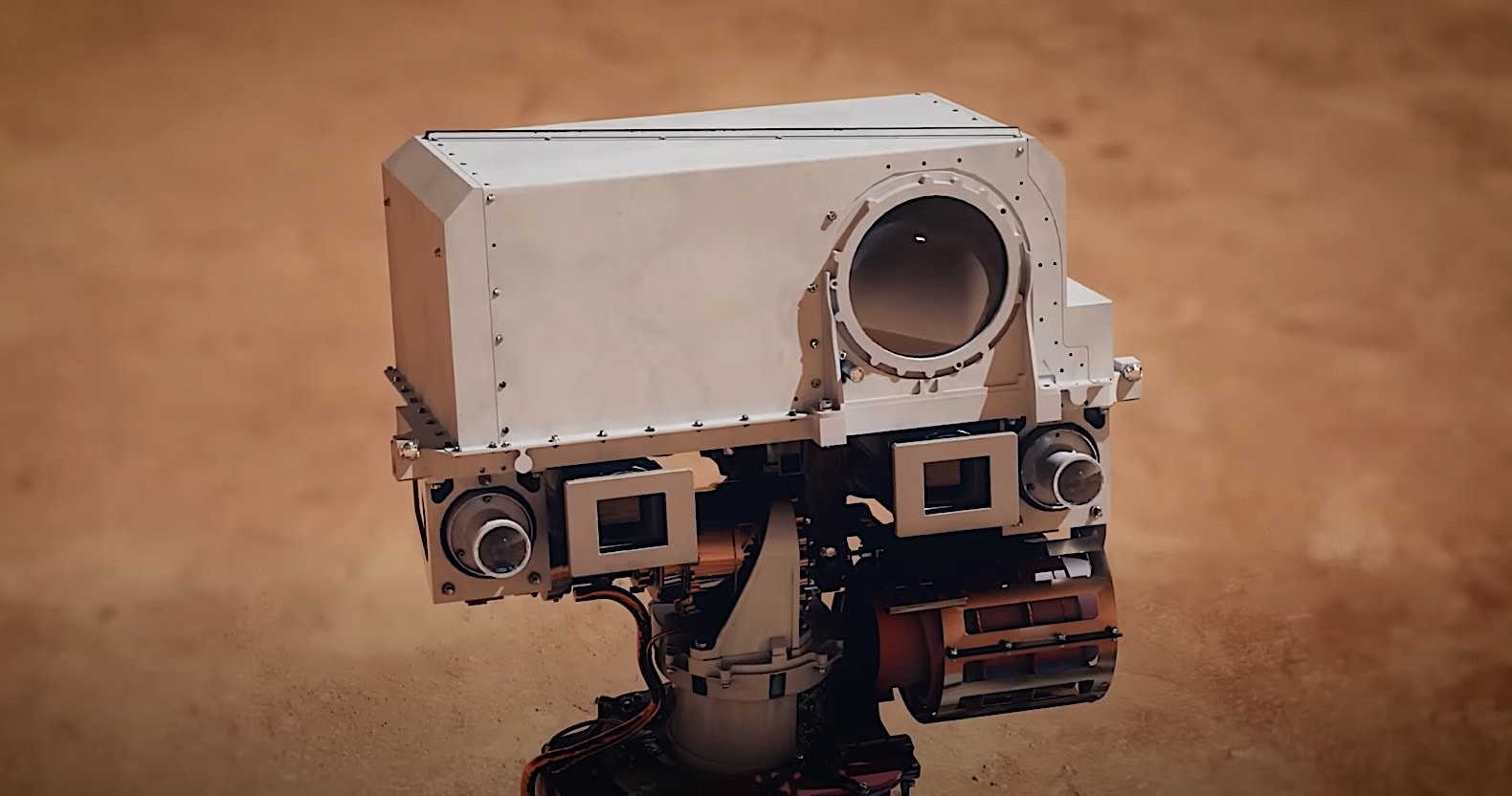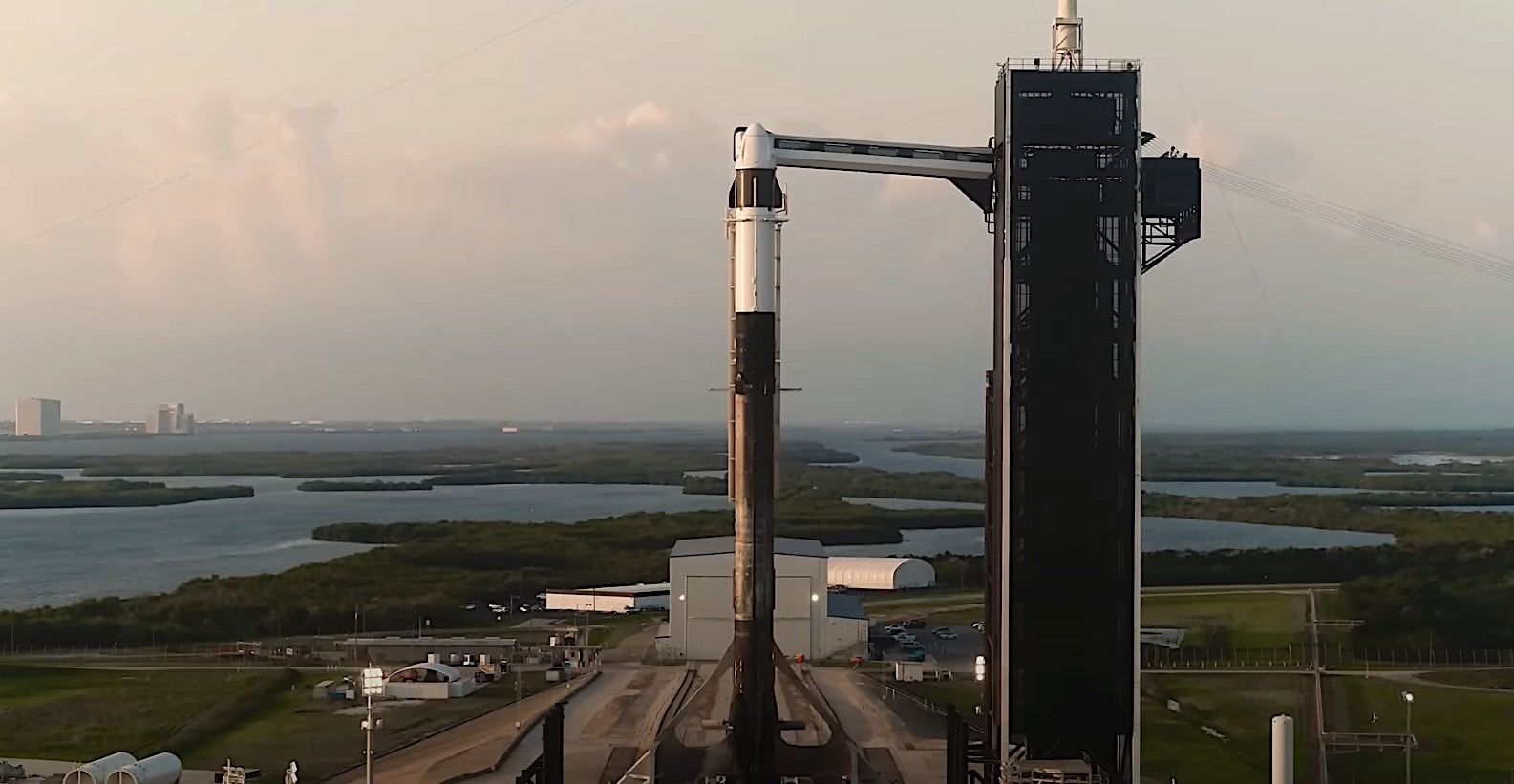With the proliferation of streaming services reshaping the media world, traditional methods of content delivery like cable television are facing unprecedented challenges. The sheer number of platforms, ranging from broad-appeal to highly specialized, has captured the attention of millions of subscribers worldwide.
This shift has compelled organizations across industries to rethink how they disseminate visual content. NASA, a prolific producer of compelling audiovisual content, is at the forefront of this transformation. The agency’s vast array of websites and online resources has made it difficult for audiences to go through its offerings.

In response, NASA has made a strategic decision to embrace on-demand streaming as a cornerstone of its digital strategy. By transitioning to this model, NASA aims to enhance accessibility, broaden its audience reach, and effectively communicate the excitement and significance of its space exploration endeavors in the digital age.
NASA is undergoing a significant transformation in how it shares its mission with the public. The agency is fully transitioning from traditional cable and over-the-air television to a digital-first strategy centered around its streaming platform, NASA+.
This decision is fueled by a substantial increase in viewership on NASA+ compared to its cable channel, indicating a strong public preference for on-demand, accessible content. Beginning in August, NASA+ will become the exclusive platform for live mission coverage, including the highly anticipated Artemis program.

Beyond live events, the streaming service will also feature original programming that goes into various aspects of space exploration, such as asteroid detection, planetary defense, and the impact of climate change on Earth. By making its content freely available on a variety of devices, NASA aims to broaden its audience and foster a deeper connection with the public.

